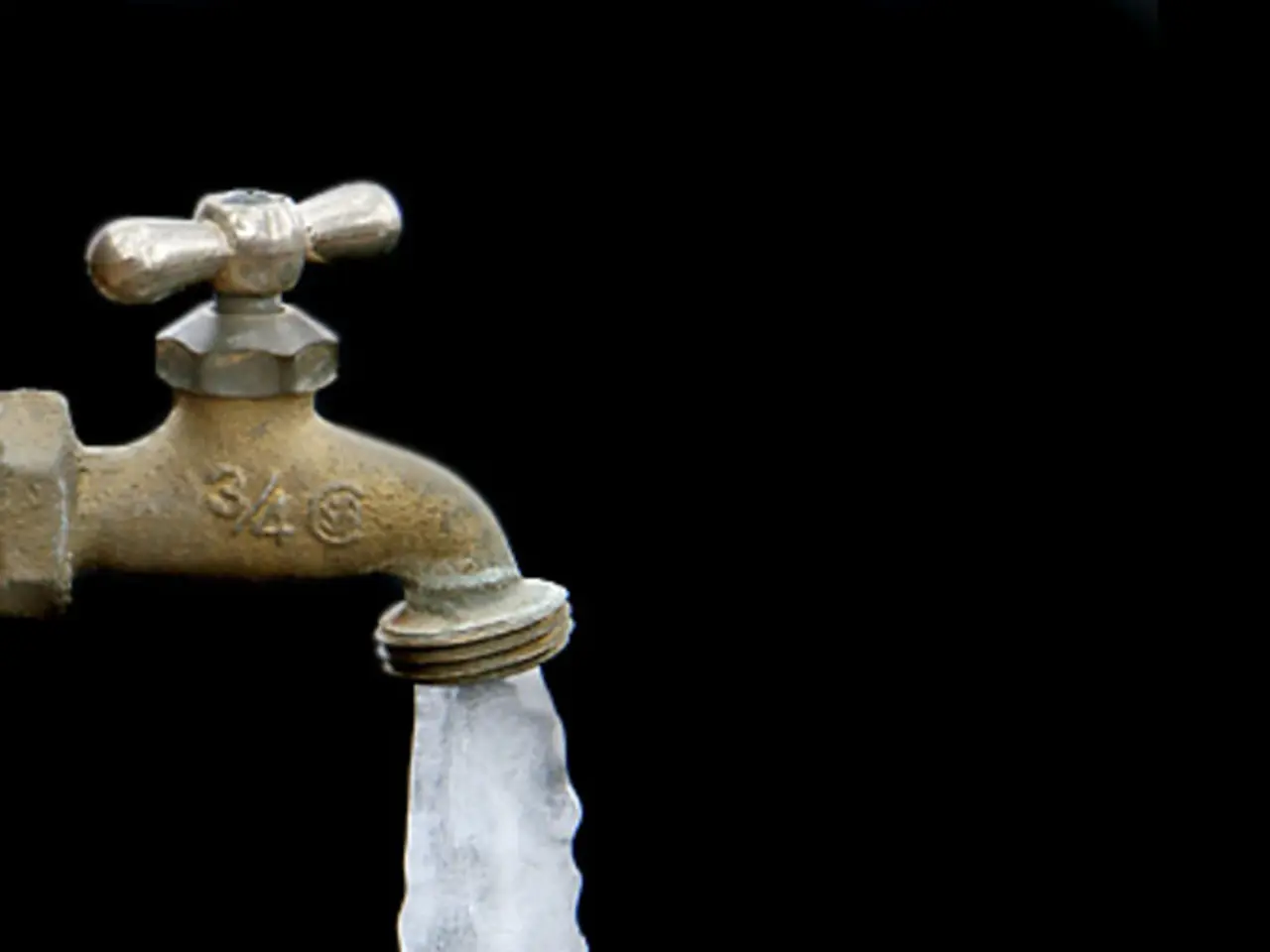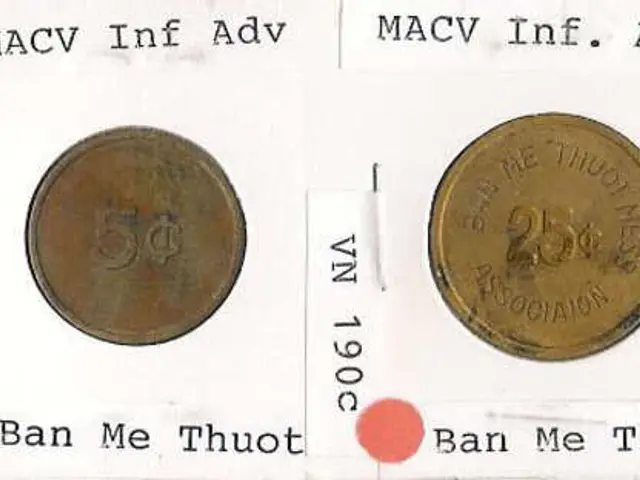Guide to Draining a Radiator: Eliminating Persistent Cold Areas Permanently
In the colder months, ensuring your central heating system is running efficiently is crucial. One essential task that every DIYer should know is bleeding radiators. This process helps improve radiator efficiency, reduces cold spots, and prevents trapped air from preventing radiators from heating up.
Ideally, radiators should be bled at least once a year, before the heating season starts. According to Toolstation spokesperson Mark Biles, it might even be beneficial to bleed radiators every few weeks during the winter to maintain optimal performance.
To begin, it's important to check the pressure gauge on the boiler during the bleeding process. If the pressure falls into the red zone, you will need to repressurise your boiler. Repressurising a boiler is relatively simple, but it will differ from brand to brand. The two blue handles on the boiler are used to repressurise it - one opens the water supply, the other repressurises the boiler.
Bleeding a radiator doesn't require many tools. The only tool you'll really need is a radiator key. However, if a radiator key is not available, a flat head screwdriver, an Allen key, or an adjustable wrench spanner can be used instead.
The bleed valve is typically located on the top right-hand side of the radiator, but it could be on the left or right-hand side. To bleed a radiator, first, ensure the heating is off and the radiator has cooled down. Then, using the radiator air vent key or a screwdriver, open the bleed valve. As water and air escape, collect the water in a container. Close the valve once water starts flowing continuously.
It's essential to continue bleeding the other radiators that need attention, starting with the furthest radiator away from the boiler and working towards it. After bleeding a radiator, keep the bleed key in a safe place.
Over-bleeding a radiator can lead to too much water loss and a significant decrease in system pressure. Once you've bled all the radiators, turn the heating back on and check that they're heating up correctly.
Johannes Laubach, with over 40 years of experience in thermal engineering and a leading role in the heating industry, emphasises the importance of bleeding radiators. He advises that this task can be necessary during the process of balancing radiators, draining the central heating system, or replacing a radiator.
However, it's important to remember that bleeding a hot radiator is dangerous as hot water and air can spray out when the valve is opened. Always exercise caution when working with heating systems.
By following these steps, you can ensure your central heating system runs efficiently and effectively, keeping your home warm and comfortable during the colder months.
Read also:
- Peptide YY (PYY): Exploring its Role in Appetite Suppression, Intestinal Health, and Cognitive Links
- Toddler Health: Rotavirus Signs, Origins, and Potential Complications
- Digestive issues and heart discomfort: Root causes and associated health conditions
- House Infernos: Deadly Hazards Surpassing the Flames








